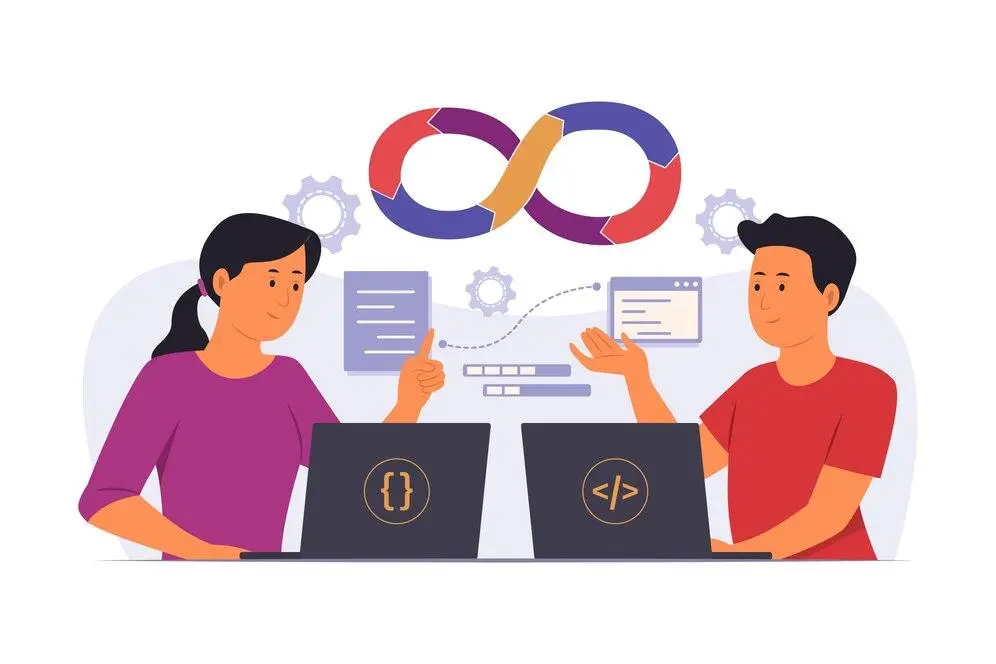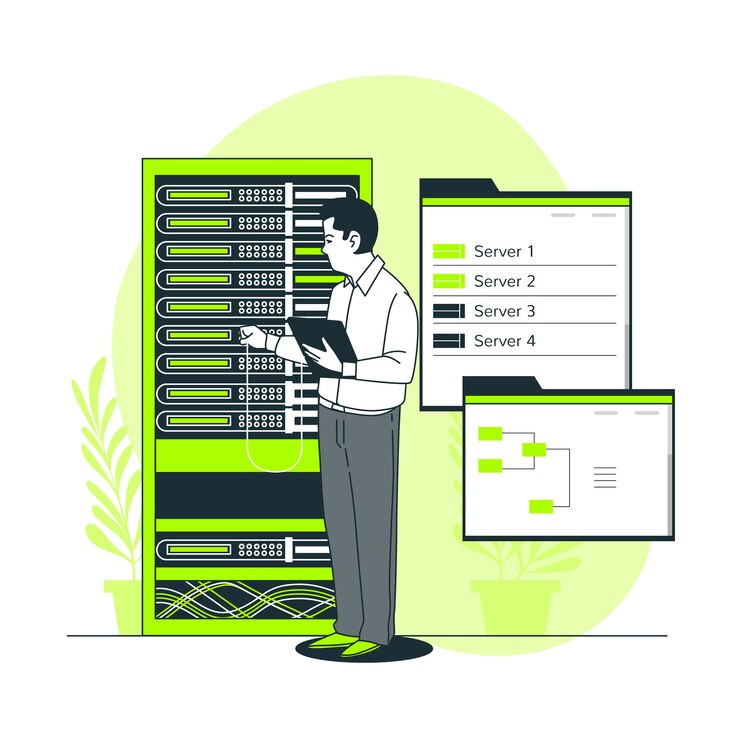Highlights
- Cassandra database is excellent at writing optimization
- Optimizing Cassandra reads requires effective partitioning, clustering, and data modeling.
- Compression, correct consistency levels, and compaction can improve read performance.
- Hardware is important; fast drives, sufficient RAM, and dependable network bandwidth are required for optimal performance.
Cassandra is a big shark that is used by big names like Twitter, Netflix, and Apple. It’s a highly scalable NoSQL database system. Basically, it is designed to be distributed across multiple nodes that provide high availability of fault tolerance and scalability.
However, to ensure the best possible performance, optimization is necessary. So, in this article, we will cover Cassandra’s reading optimization in detail.
Reading and Writing Optimization of Cassandra
In general, Cassandra is more of a write-optimized than read-optimized. It offers strong durability and fault tolerance. Moreover, it is designed to handle high write throughput and massive scalability.
Cassandra’s architecture distributes data across multiple nodes in a cluster. This distribution allows efficient parallel writes. The data is written to a commit log and then flushed to disk in a data structure called SSTable.
However, this efficient write optimization comes at the expense of Cassandra read optimization in certain scenarios. Cassandra’s eventual consistency model and distributed nature make it challenging to achieve low latency compared to traditional relational databases.
Furthermore, read operations that involve complex queries or multiple partitions can be slower due to distributed data storage.
Considering all these in account, Cassandra provides features like caching, compression, and consistency that can help improve read performance. It’s possible to achieve good read latencies in many use cases through:
- Proper data modeling
- Caching strategies
- Hardware optimization
Average Read Latency of Cassandra
Cassandra read latency depends on various factors that cause significant variation. Some of these factors are:
- Cluster configuration
- Data model
- Hardware resources
- Workload characteristics
It’s hard to provide average read latency as it depends on:
- Specific use case
- Turning efforts applied to the Cassandra cluster
In general, Cassandra offers low read latency by distributing data across multiple nodes and allowing parallel access. However, with proper data modeling and efficient query design, read latencies in single-digit milliseconds or even sub-milliseconds range is achievable.
The interesting fact is, that Cassandra’s read latency is incredible when compared against alternative databases.
However, mind that, read latency can increase under certain conditions, such as:
- Complex queries spanning multiple partitions
- When dealing with wide rows
- When consistency levels require more extensive coordination.
Moreover, in a special case, if a cluster is experiencing hardware limitations or under heavy load then read latencies can increase.
Reading Optimization Techniques for Cassandra
If you are wondering “What strategies does Cassandra use to read optimization?” Then here are some of the top strategies that can be employed.
Data Modeling
It is the first step in optimizing Cassandra. A good data model is the key to obtaining your desired performance from your Cassandra cluster. While designing your data model, you should consider the following:
- Denormalization
It is encouraged in Cassandra to reduce the number of queries needed to retrieve data. It simply means that you can duplicate the data in multiple tables to reduce the need for joins.
- Partitioning

Cassandra uses partitioning for data distribution across multiple nodes. So, the data model should be designed in a way that optimizes this. For example, you can partition your data using a user ID or timestamp.
- Clustering
Partition is used to sort data in the form of clusters. You can design your data model in the form of the most frequently accessed columns in the form of clusters.
Compaction
It is a process of merging SSTables (Sorting String Tables). It reduces the disk space and improves read performance. There are two types of compaction in Cassandra.
- Size-tiered Compaction
It’s a default compaction strategy in Cassandra. It merges SSTables based on their size.
- Leveled Compaction
This is a CPU-intensive compaction strategy but results in more predictable performance. It separates data into different levels and merges SSTables into each level.
Among these two strategies, you can choose the one that suits best your workload.
Compression
Compression can enhance read performance and drastically cut down on disk space. There are two kinds of compression in Cassandra:
- Snappy compression
Cassandra’s default compression algorithm is known as Snappy compression. It offers a decent compromise between CPU utilization and compression ratio.
- LZ4 compression
Although it uses more CPU power, this compression technique offers a higher compression ratio.
The compression strategy you select should be the most appropriate for your workload.
Consistency Level
The consistency level determines the number of nodes that must react to a read or write operation in Cassandra before it is deemed successful. Although stronger data consistency is achieved at a higher consistency level, throughput and latency will suffer as a result.
The consistency level that offers your application the necessary level of consistency while preserving respectable performance is the one you should select.
Hardware

Cassandra cluster optimization heavily depends on hardware. Make sure your hardware satisfies the following specifications:
- Adequate RAM
Cassandra uses memory for several functions, including caching. Make sure your nodes have enough RAM to handle the amount of work you assign them.
- Fast Disks
Disk I/O is crucial to Cassandra’s operation. Selecting disks with excellent read and write performance is advised.
- Network Bandwidth
Cassandra depends on node-to-node network connectivity. Make sure the network architecture connecting your nodes is dependable and quick.
Use Read Repair
Cassandra has a method called “read repair” that fixes inconsistent data automatically when it is read. It might be possible to retrieve data from several nodes when reading from Cassandra. These nodes can have different values for the same column. Read repair guarantees that the most recent value is kept in all nodes, which helps to prevent stale data and reduce read latency.
Optimize Bloom Filters
Cassandra checks if data is there in a partition using Bloom filters. Probabilistic data structures aka bloom filters are useful for rapidly assessing an element’s likelihood of being in a set. Cassandra can reduce read latency by using Bloom filters to prevent reading unnecessary data from disk.
Moreover, bloom filters can be made more efficient by changing the filter’s size and the amount of hash functions employed.
Monitor and Adjust Performance
Lastly, it’s critical to consistently check Cassandra performance tuning. This involves keeping an eye on data like disk use, cache hit rate, and read latency. You can spot bottlenecks and adjust your database configuration by keeping an eye on performance.
Conclusion
Optimizing a Cassandra database needs a combination of various strategies. You can make sure your Cassandra cluster is operating at peak efficiency by adhering to these optimization strategies. However, if you are facing challenges in optimizing your Cassandra database, maybe let the professionals handle the issue. With Tambena consulting detailed database management services, you can have professional guidance for your database optimization.






